Advertisement
Kamila
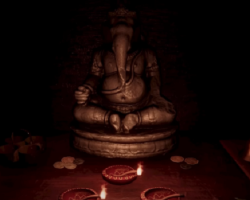
Kamila is a story-driven indie game that follows the quiet, reflective journey of a girl navigating a fragmented world. Set in a series of small, interconnected locations, the game unfolds slowly, allowing players to observe Kamila’s interactions with the people and places around her. Dialogue is limited, and much of the story is told through visuals, movement, and music. As players progress, they uncover subtle details about Kamila’s life, motivations, and the unspoken weight she carries.
Gameplay and Interaction
The mechanics in Kamila are simple and focused on exploration. Players move through hand-drawn environments, interact with certain objects, and occasionally speak with other characters. There are no combat systems or traditional challenges; instead, the focus is on uncovering narrative fragments. Each location has its own tone, tied to specific memories or moods. The player’s main task is to guide Kamila through these spaces, collecting small moments that build toward a larger understanding of her story.
Story Structure and Visual Themes
The game is divided into chapters that reflect emotional or symbolic transitions in Kamila’s journey. Some scenes are bright and peaceful, while others feel cold or disoriented. The environment reacts subtly to Kamila’s presence, with music shifts, changing light, or new paths appearing after certain events. This connection between setting and mood supports the narrative without the need for exposition.
Notable features in Kamila include:
- Hand-drawn environments with soft animation
- Narrative discovery through environmental clues
- Minimalist interface and interaction style
- Shifting tone and setting based on progression
- Soundtrack that reflects emotional shifts
Atmosphere and Interpretation
Kamila encourages players to slow down and pay attention to the world around them. It does not explain everything directly, leaving space for interpretation. Some players may view the story as about personal loss, while others may see it as a journey toward self-understanding. The game provides hints through recurring imagery and character placement, but never defines a single meaning. This design allows each player to bring their own perspective to the experience, making the story feel personal.
Kamila offers a quiet alternative to action-focused games by prioritizing mood, pacing, and introspection. It invites players to walk alongside a character who rarely speaks, but whose emotions are expressed through the world she moves through. The result is a subtle, thoughtful game that lingers after the screen fades to black.
Advertisement




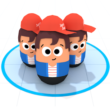


























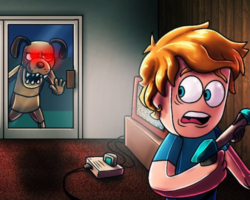

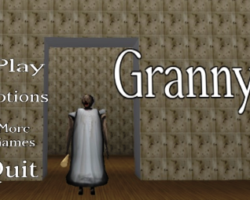













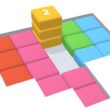






































Comments